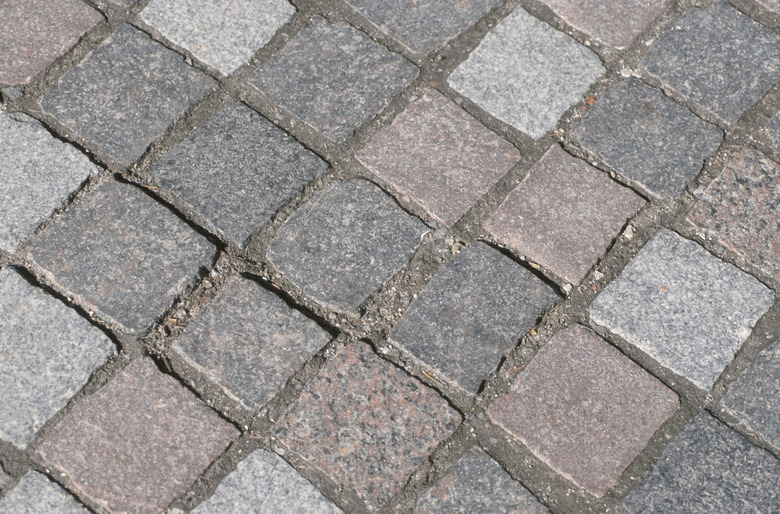How To Build A Sunken Patio
Step 1
Excavate the space. Mark the edges of the excavation with string held taut between dowels, sticks or pencils stuck into the ground. Dig out the earth inside the string lines. Consider renting a bobcat or backhoe for a large excavation.
Step 2
Tamp the area around the perimeter of the excavation. It must be as near flat as possible for the base of the wall. Use the string line set close to the ground to check for dips or rises in the perimeter, and correct them by adding dirt or digging out high spots.
Step 3
- Mark the edges of the excavation with string held taut between dowels, sticks or pencils stuck into the ground.
- Use the string line set close to the ground to check for dips or rises in the perimeter, and correct them by adding dirt or digging out high spots.
Step 4
Build the retaining wall. Lay a course of cinder blocks along one side of the future patio. Use a heavy mallet to tap them firmly in place; then use a level to make sure the top of the course is straight. Spread mortar on the top of the cinder blocks with a trowel and lay another course of blocks on top. Use the trowel to scrape up excess mortar that squeezes out between the blocks. Continue until the wall is the desired height, checking each course to make sure they are level, and finish the other walls.
Step 5
Use the tamper to flatten the patio area. Pour a 1-inch layer of builder's sand into the excavation and drag the edge of a board across the surface to smooth it. Lay the patio pavers, beginning in a corner, leaving a 3/4-inch gap between each stone. Tap them with the mallet to set them in place. Continue laying the pavers until the patio is complete. Smooth the surface of the sand if it's disturbed as you work, and check the pavers with a level to make sure they're even.
Step 6
- Lay a course of cinder blocks along one side of the future patio.
- Pour a 1-inch layer of builder's sand into the excavation and drag the edge of a board across the surface to smooth it.
Step 7
Sweep small gravel into the spaces between the pavers and rinse off the patio with a hose.
